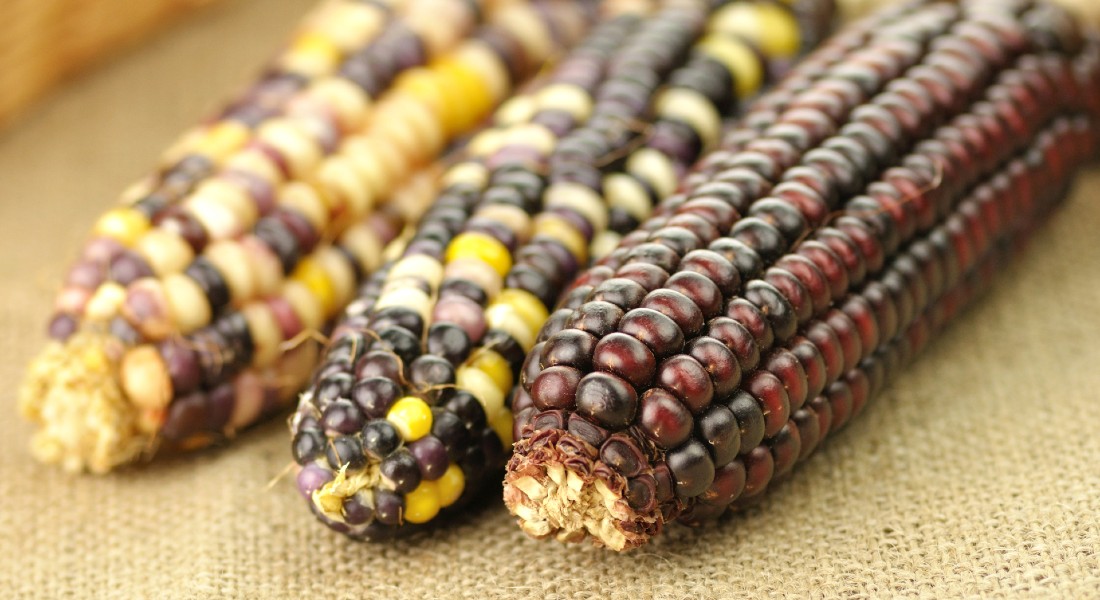Understanding phenotypic variation of plants using the hologenomic framework within the The Plant Hologenome Group
The Group focuses on understanding phenotypic variation of plants using the hologenomic framework. Together, the genome and the microbiome shape the functioning of plants. Within The Plant Hologenome Group, we consider the two simultaneously using multi’omic methods. We believe this will shed new light into how plants function, with particular interests in drought-tolerance and pathogen resistance.

There is still so much unknown about why plants of the same species can vary so much (their phenotype or functioning). This can have huge implications. For example, if this is susceptibility to disease, it could lead to some populations or crop varieties being decimated by a pathogen while others are relatively unaffected.
We know that many differences in the plant phenotype lie within the genome, but similarly, there a number of processes linked to the microbes that associate with plants. However, the genome and microbiome are rarely considered together, and neither has the interaction between the two. In The Plant Holobiome Group, we are interested in how the genome and microbiome interact to shape plant phenotypes, which we believe will help us better understand plant phenotypic variation than traditional methods (i.e. considering them alone).
In order to achieve this goal, we characterise the genome and microbiome using high-throughput sequencing methods. We profile the phenotype using transcriptomics, metabolomics or as morphological traits (such as yield or shoot:root ratio). We then integrate the multiple ‘omic datasets (genomic, transcriptomic, microbiomic, metabolomic) into comprehensive syntheses of plant functioning.
Projects
Maize genome-microbiome project
Plantago major holobiome project
Currently, we work on model plants (Zea mays, [maize]) and non-model plants (Plantago major [broadleaf plantain], Cinchona calisaya [the fever tree]). These approaches are ambitious, and therefore we generally focus on singular correlations initially (genome-microbiome or microbiome-plant chemistry) before building complexity into our models.
- Barnes, Christopher James, et al. "Microbiome selection and evolution within wild and domesticated plants." Trends in Microbiology (2024).
- Bordenstein, Seth R., and The Holobiont Biology Network. "The disciplinary matrix of holobiont biology." Science386.6723 (2024): 731-732.
- Barnes, Christopher J., et al. "The ancestral environment of teosinte populations shapes their root microbiome." Environmental Microbiome 19.1 (2024): 64.
- Lund, Mads, et al. "Rhizosphere bacterial communities differ among traditional maize landraces." Environmental DNA 4.6 (2022): 1241-1249.

Aage V. Jensen Naturfond

LEO FONDET

European Research Council
Video on how microbes can help crops survive climate change
Meet Associate Professor Christopher James Barnes and hear how he aims to use a hologenomic approach to make plants such as crops like barley and their microbes better at surviving drought and climate change.
Researchers
| Name | Title | Phone | |
|---|---|---|---|
| Aditya Sanjay Malwe | Postdoc | +4535334176 | |
| Daria Zharikova | Guest Researcher | +4535334986 | |
| Nikolaj Meisner Vendelbo | Postdoc | +4535332083 |
| Name | Title | Phone | |
|---|---|---|---|
| Louise Isager Ahl | Post doc | +45 35 33 59 75 |

